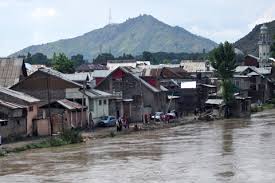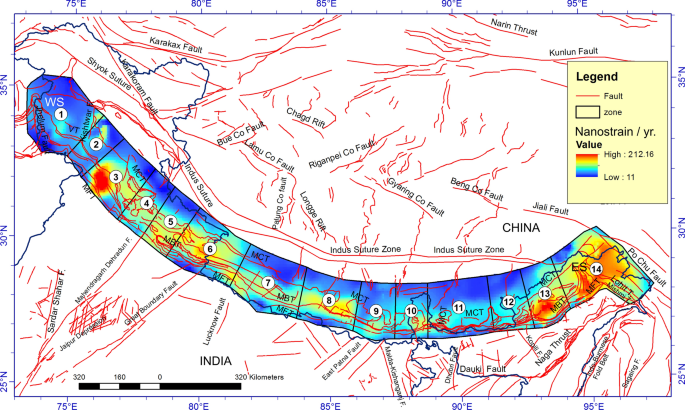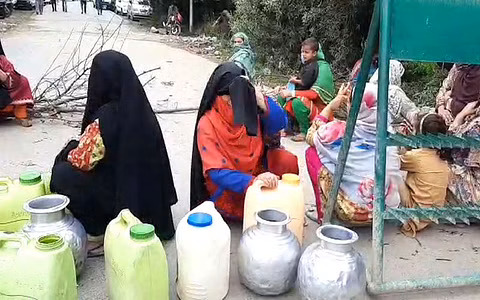The J&K Government is contemplating to build “mini dams” on tributaries of river Jhelum to offload pressure on the water body in extreme situations and avert the 2014-like floods in Kashmir in future.
 The Flood Control Department Kashmir has started a feasibility exercise in this regard and is mulling to rope in expertise at international level for construction of water storage facilities, within the provisions of Indus Water Treaty, to address Kashmir’s vulnerability to floods.
The Flood Control Department Kashmir has started a feasibility exercise in this regard and is mulling to rope in expertise at international level for construction of water storage facilities, within the provisions of Indus Water Treaty, to address Kashmir’s vulnerability to floods.
Chief Engineer of the Department JavedJaffer said the storage facilities would handle additional discharge from the tributaries during extreme weather conditions to ensure normal flow in Jhelum.
During last year’s devastating deluge, Jhelum—against the present capacity of less than 30000 cusecs—recorded flow of over 1.20 lakh cusecs following continuous rainfall for almost a week, which ultimately saw water currents breaching embankments of the river and flooding the Valley.
A study by J&K’s Department of Ecology, Environment and Remote Sensing, in collaboration with the National Remote Sensing Center, has cautioned that parts of Kashmir would witness increase in the intensity of rainy days by 20 percent by 2030 and it could result in frequent flood like situations.
Though setting up of the dams would be a long drawn process and could take many years, the Department sees it as the “real solution” to the future flood threats in Kashmir.
A panel constituted by the Union Ministry of Water Resources to study the possible causes of the flood has also recommended setting up of the storage facilities.
At least 24 tributaries are the main feeding source of 150 miles long Jhelum, which originates in south Kashmir and snakes through Srinagar and north Kashmir before emptying into Wullar Lake in north Kashmir. Some of the tributaries drain from slope of PirPanjal range and join the river on left bank while some others flow from Himalayan range and join Jhelum on the right bank.
Jaffer said the Department would identify the tributaries and the potential spots for setting up storage facilities and then experts would be roped in for undertaking environmental impact and geological studies before the construction work is taken up.
He said the water storage facilities would also help the government to reduce dimensions of the proposed Rs 18000-crore new floodspill channel, proposed from Sangam in south Kashmir to Wullar, and estimated to carry additional 55000 cusecs of water.
The Government of India had sought a fresh Detailed Project Report from State government on the spill channel but more than a year after the flood struck Kashmir—killing more than 300 people and causing huge losses to housing and business sectors—there has been little progress on the report.
The Government has also been accused of going slow on increasing capacity of Jhelum to original 35000 cusecs and restoring capacity of existing flood spill channel to over 15000 cusecs.
Though Kashmir has a long history of floods, the Government has over the years allowed constructions, both in private and public sectors, along river Jhelum, and the encroachment of marshy lands, river bodies and lakes which has increased Kashmir’s flood vulnerability.
A senior official of the Department said the dams would lessen the pressure on proposed flood spill channel and Wular Lake.
“The storage facilities will be set up strictly within the provisions of the Indus Water Treaty. We are also improving upon the DPR about the new flood channel before submitting it to Centre for funding,” said the official.
The need for addressing Kashmir’s vulnerability to flood has also grown after the Union Water Resource Ministry panel highlighted that bowl shape of Kashmir and “very mild slope of Jhelum” makes the Valley “highly susceptible” to flooding, at a time when the region is witnessing impact of climatic changes in the form of fast receding glaciers and frequent rainfalls.






